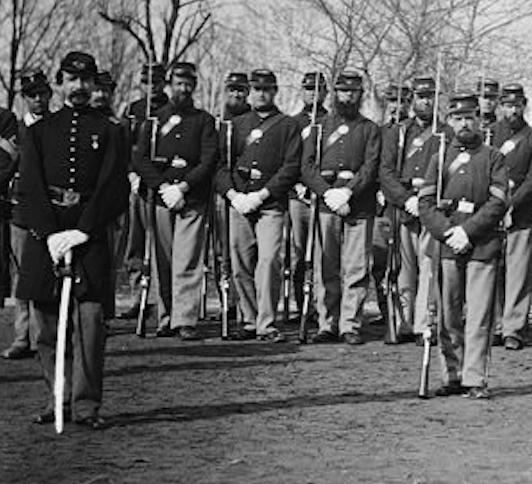
Half a million wounded. A massive government response.
Through pictures, maps and their own words, this exhibit explores the experiences of nurses and of disabled soldiers and the many institutions that arose to serve them.
After the massive casualties of the Civil War (1861-1865), the United States built a vast system of hospitals and soldiers' homes. Speaking through the Grand Army of the Republic, veterans demanded services. Their sacrifices won respect and aid. Yet the scale of change also triggered a more grim reaction.
How Civil War Veterans Transformed Disability supports the unit of the same name in the Reform to Equal Rights: K-12 Disability History Curriculum. It is one of a collection of online exhibits by the Collaborative’s Emerging America program. Each exhibit showcases gems from the collections of Massachusetts museums and models strategies to engage learners through compelling stories and source materials with profound national impacts. This exhibit features 250 sources, featuring the collections of the Library of Congress.









